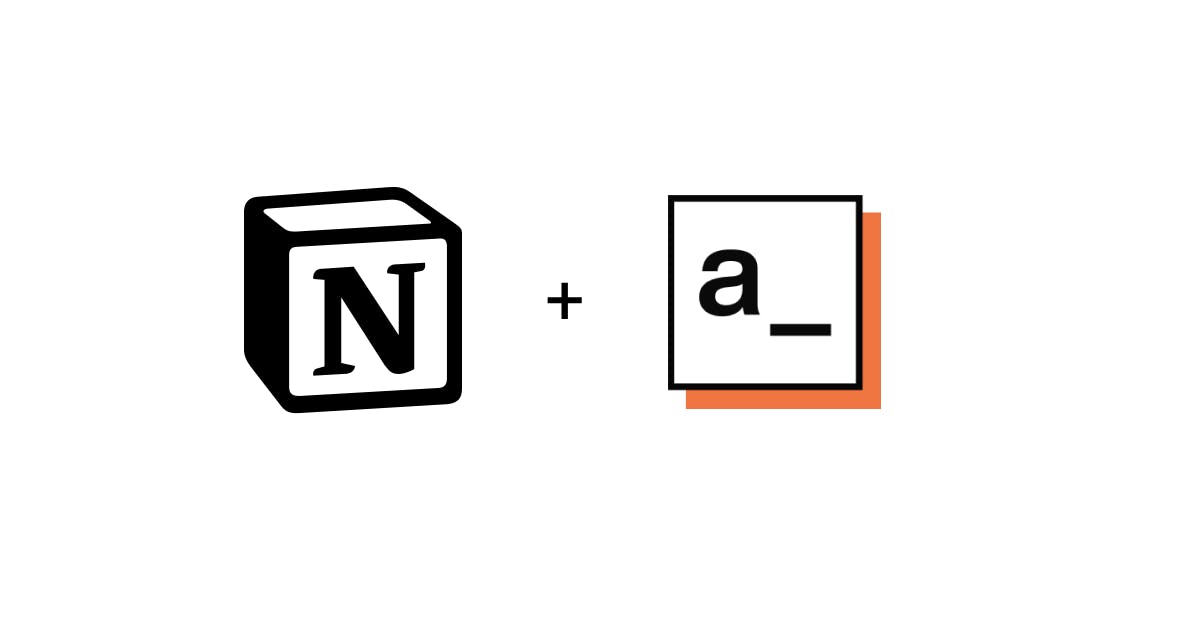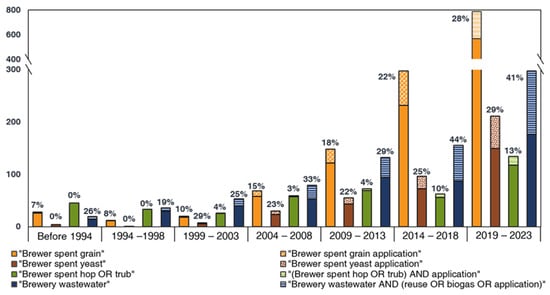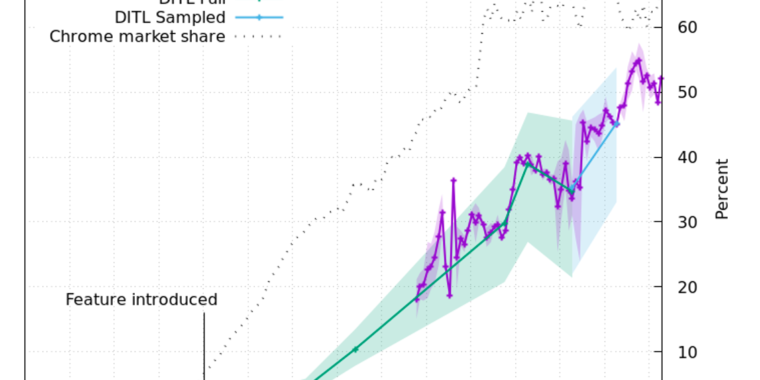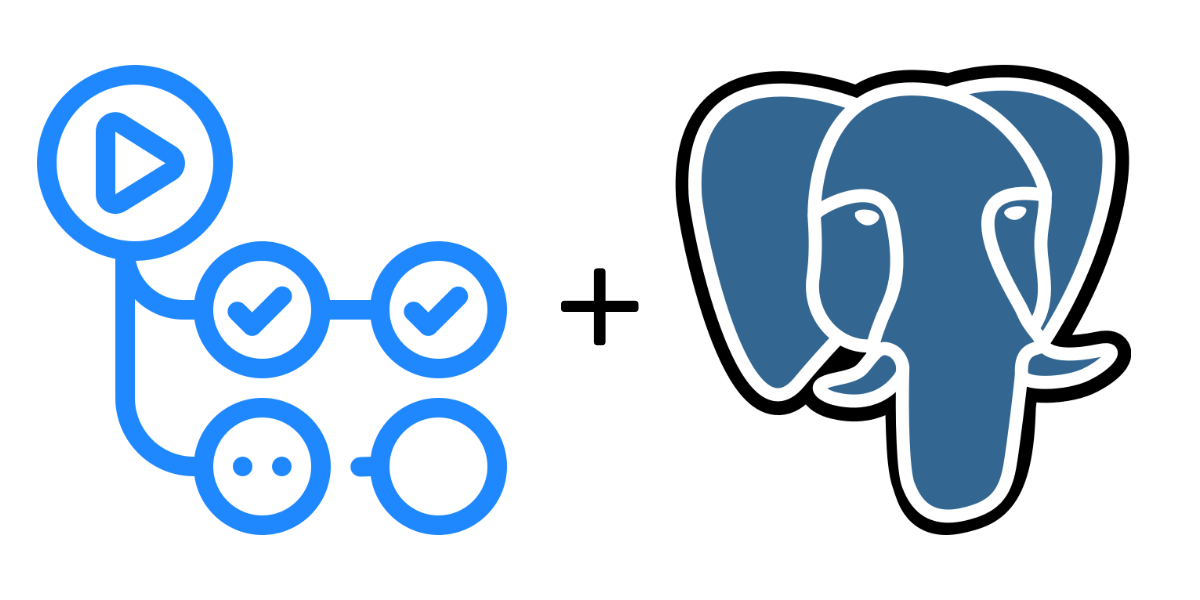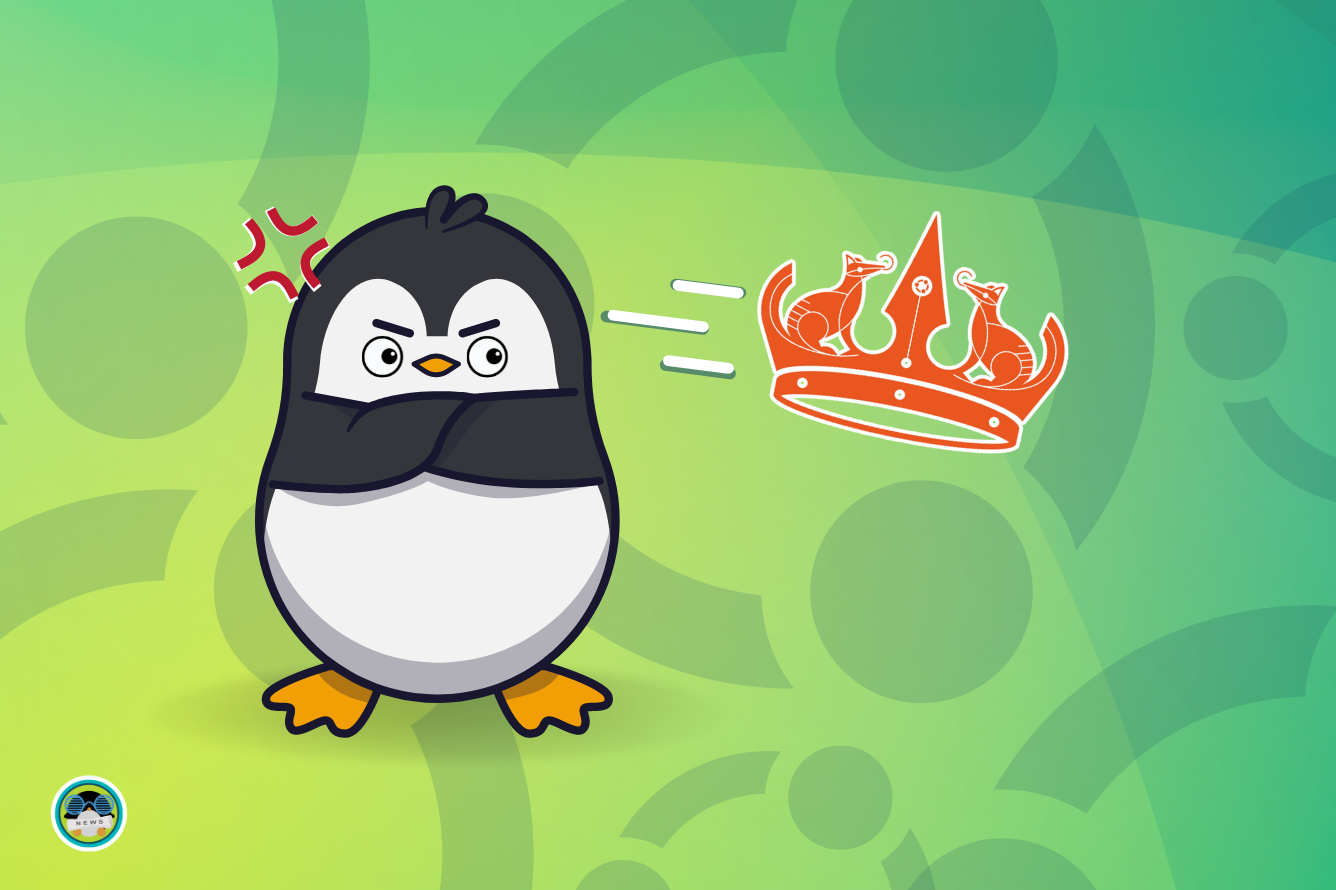
The Amazing Buffer Tag in PostgreSQL
I was working on the PostgreSQL storage related features recently, and I found PostgreSQL has designed an amazing storage addressing mechanism, i.e. Buffer Tag. In this blog, I want to share with you my understanding about the Buffer Tag and some potential usage of it.
I was always curious to know how PostgreSQl can find out the tuple data blocks so quickly when the first time I started to use PostgreSQL in an IoT project, but I never got the chance to look it into details even though I knew PostgreSQL is an very well organized open-source project. Until I recently got a task which needs to solve some storage related issue in PostgreSQL. There is very detailed explanation about how Buffer Manger works in an online PostgreSQL books for developers The Internals of PostgreSQL, one of the best PostgreSQL books I would recommend to the beginner of PostgreSQL development to read.
Buffer Tag, in simple words, is just five numbers. Why it is five numbers? First, all the objects including the storage files are managed by Object Identifiers, i.e. OID. For example, when user creates a table, the table name is mapped to an OID; when user creates a database, the name is mapped to an OID; when the corresponding data need to be persistent on disk, the files is also named using OID. Secondly, when a table requires more pages to store more tuples, then each page for the same table is managed by the page number in sequence. For example, when PostgreSQL needs to estimate the table size before decide what kind of scan should be used to find out the tuple faster, it need to know the number of blocks information. Thirdly, it is easy to understand that data tuples are the major user data need to be stored, but in order to better manage these data tuples, PostgreSQL needs others information, such as visibility to manage the status of these data tuples, and free space to optimize files usage. So this ends up with five numbers, i.e. Tablespace, Database, Table, ForkNumber, BlockNumber.
